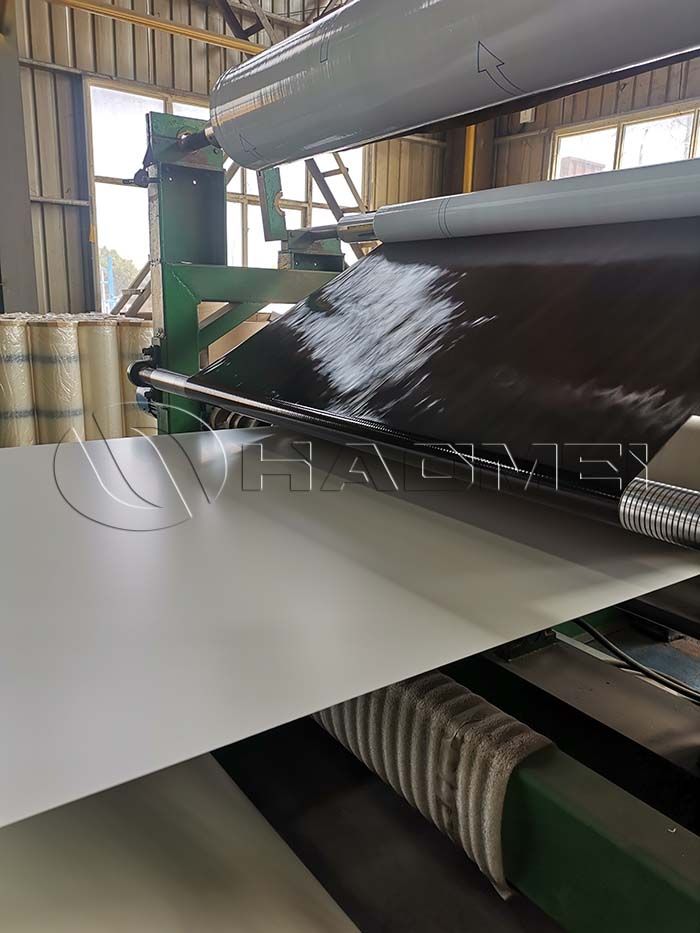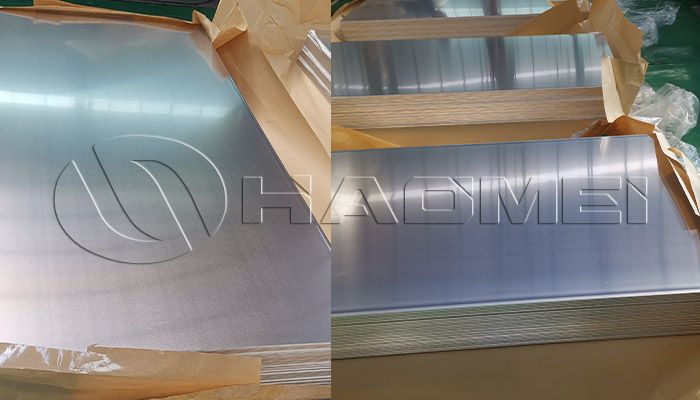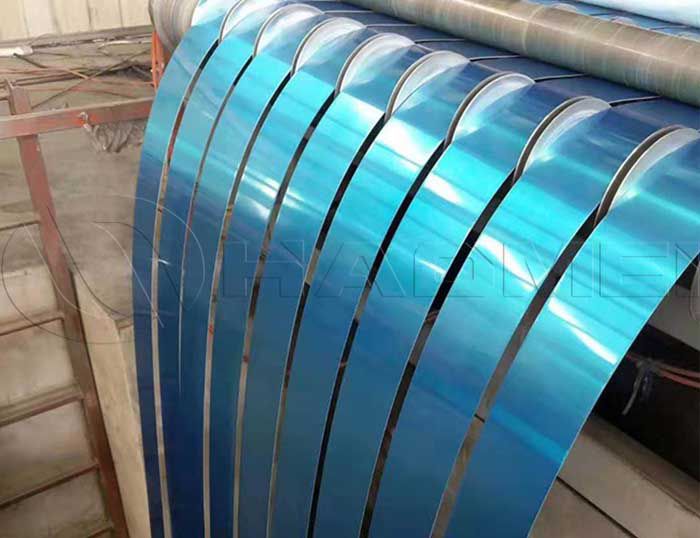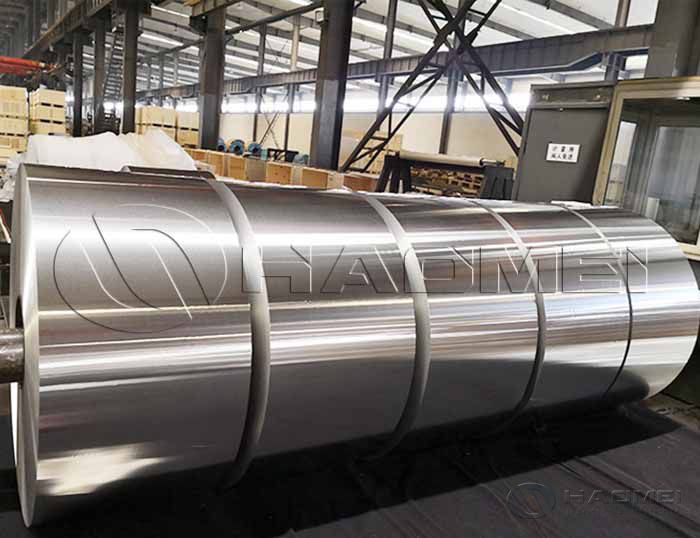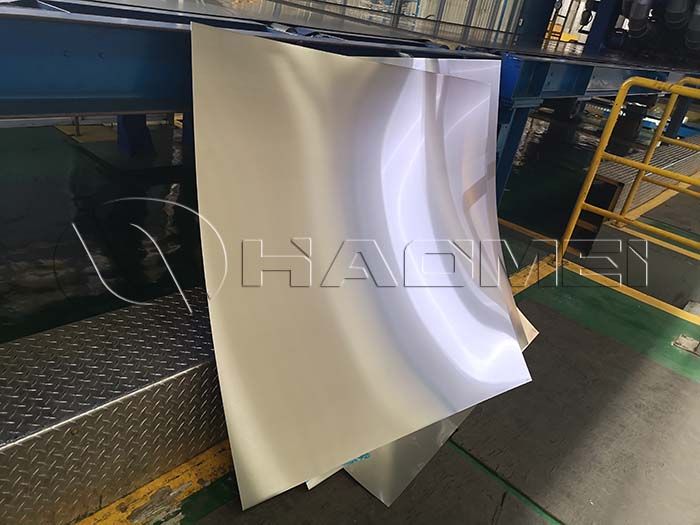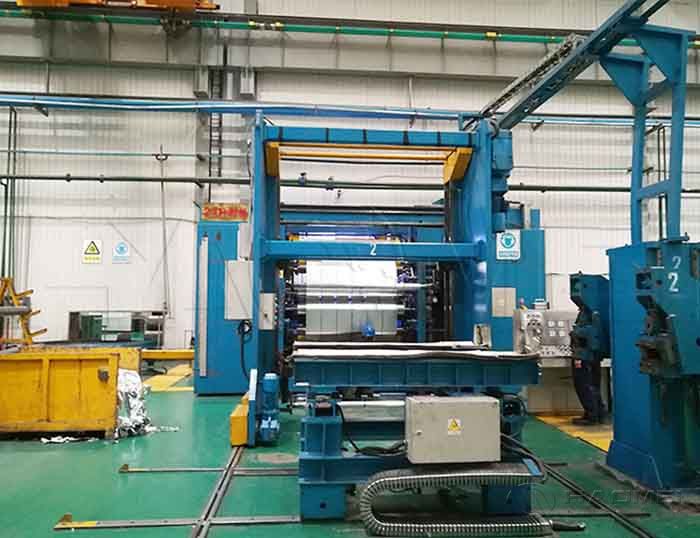“Large aircraft” generally refers to transport aircraft with a total take-off weight exceeding 100 t, including military and civilian large transport aircraft, as well as trunk airliners with more than 150 seats. Aluminum alloys have low density, high specific strength, strong corrosion resistance, and easy thermal conductivity. It has a series of advantages such as good plasticity and processing performance, low cost, etc., and has always been the main material for the structure of large aircraft in aviation.
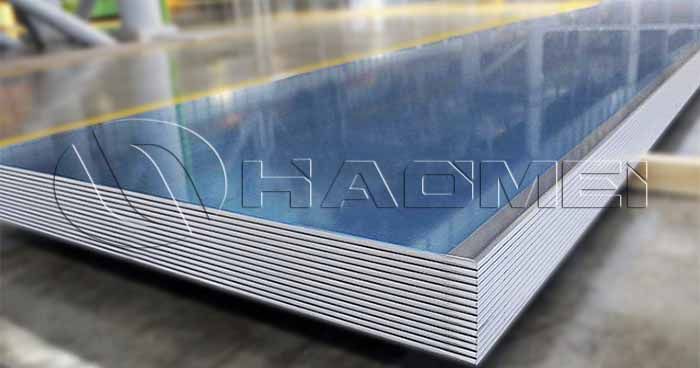
The traditional aluminum alloys for large aircraft structures are mainly high-strength 2000 series((2024, 2224, 2324, 2424, 2524, etc.) and ultra-high-strength 7000 series(matweb aluminum 7075, 7475, 7050, 7150, 7055 , 7085, etc.) After the 1980s, although there was aluminum lithium alloy, rapid solidification aluminum alloy, composite materials, the traditional 2000 and 7000 aluminum alloys still show strong vitality.
7075 aluminum alloy is a high-strength, heat-treatable wrought alloy developed by Alcoa in 1943. The alloy contains zinc, magnesium, chromium and copper as hardeners, as well as small amounts of iron, silicon, manganese and titanium. Al-7075 is much stronger than carbon steel after heat treatment. The common tempers are 7075-T6, T651, T7351, T73, T76, T7651, O, W, W51, etc.
The success of the 7150-T77 aluminum not only meets the requirements of corrosion performance, but also does not sacrifice the strength of the alloy. Later, by adjusting the alloy composition, reducing the content of impurity elements such as Fe and Si, and improving the production process, Alcoa developed the 7055-T77 ultra-high strength plate and the 2524-T3 ultra-high fatigue strength plate.
2024 aircraft aluminum alloy is a typical hard aluminum alloy in the aluminum-copper-magnesium system, whose composition is more effective. What are the al 2024 properties? It has high strength and certain temperature resistance, and can be used as a working part below 150 degrees. After heat treatment, the 2024 aluminum alloy has undergone solid solution treatment to obtain relatively high compressive strength and ductility. Because its strength is very high, it is generally used to produce skins, roof beams, bulkheads, and wings by plane.
The fracture toughness and fatigue resistance of 2524-T3 clad aluminum plate are more than 30% higher than that of 2024-T3 clad aluminum plate, and it is considered to be the most ideal aircraft skin material at present. The strength of 7055-T77 alloy is 25% higher than 7075-T651 and 8~12% higher than 7150-T77, while the fracture toughness and stress corrosion resistance are comparable to 7050-T61.
Original Source:https://www.aircraftaluminium.com/a/why-is-duralumin-used-in-aircraft.html
